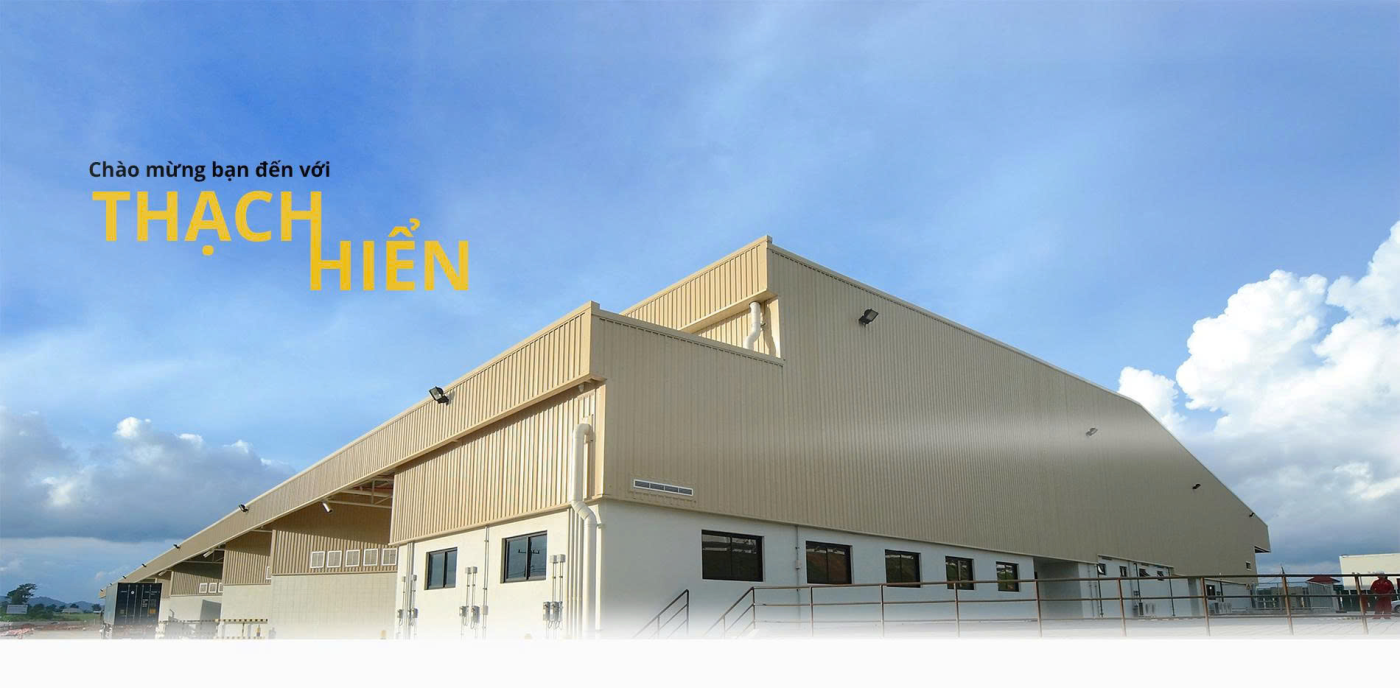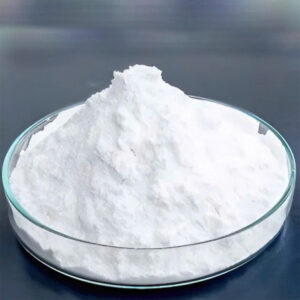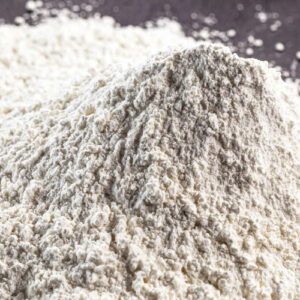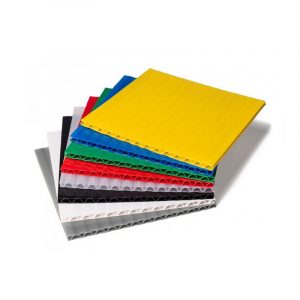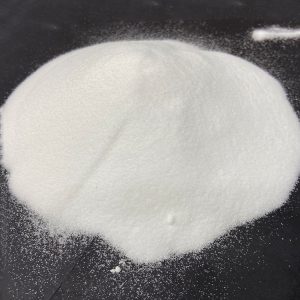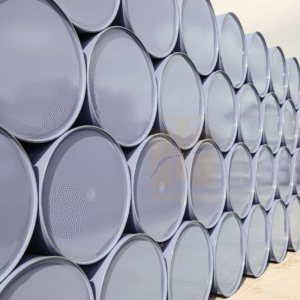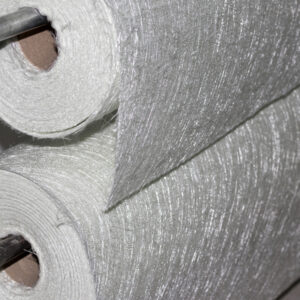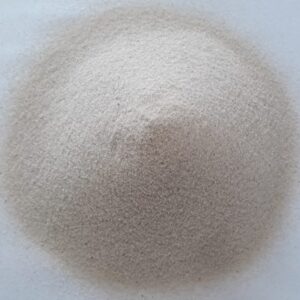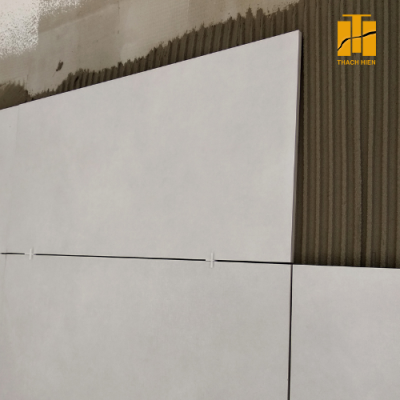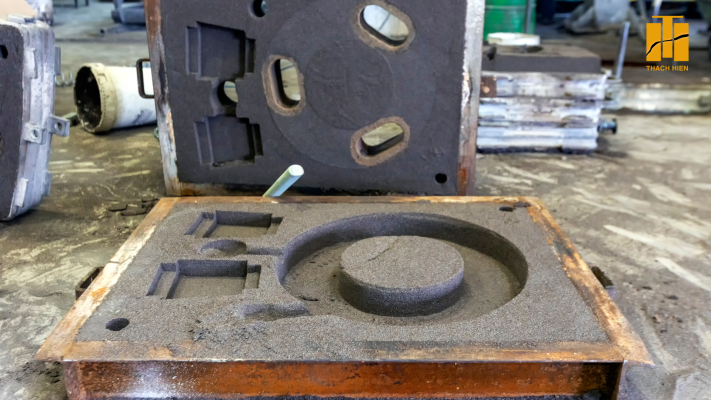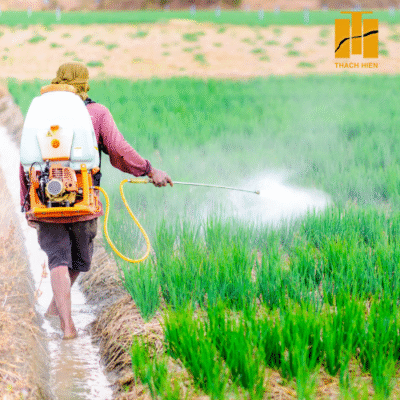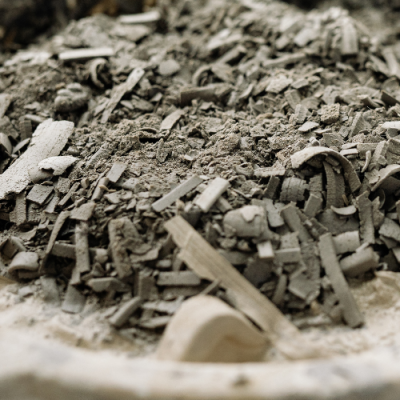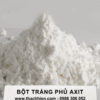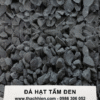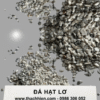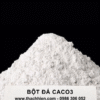News
LAM DONG MASTERS THE TECHNOLOGY OF PRODUCING REFINED KAOLIN TO MEET THE PRODUCTION REQUIREMENTS OF THE CERAMIC AND PAINT INDUSTRY IN VIETNAM
What is ceramic?
Ceramics and porcelain, in terms of structure, are just one type of material, ceramic, whose English name is ceramic. This type of material is made from non-metallic inorganic materials (such as oxides, carbides, nitrides, silicates, etc.). Ceramic products are shaped by mixing the above materials and then sintering them at high temperatures. Classified by use, we have technical ceramics and civil ceramics. In civil ceramics, depending on the quality of raw materials (type of raw materials, purity of raw materials… mainly kaolin clay and processing mode (temperature…), we can divide them into porcelain, pottery, porcelain, china products. In technical ceramics, we have materials such as: construction ceramics, refractory materials, chemically resistant materials, fine ceramics, special ceramics with special magnetic, electrical, and thermal properties.
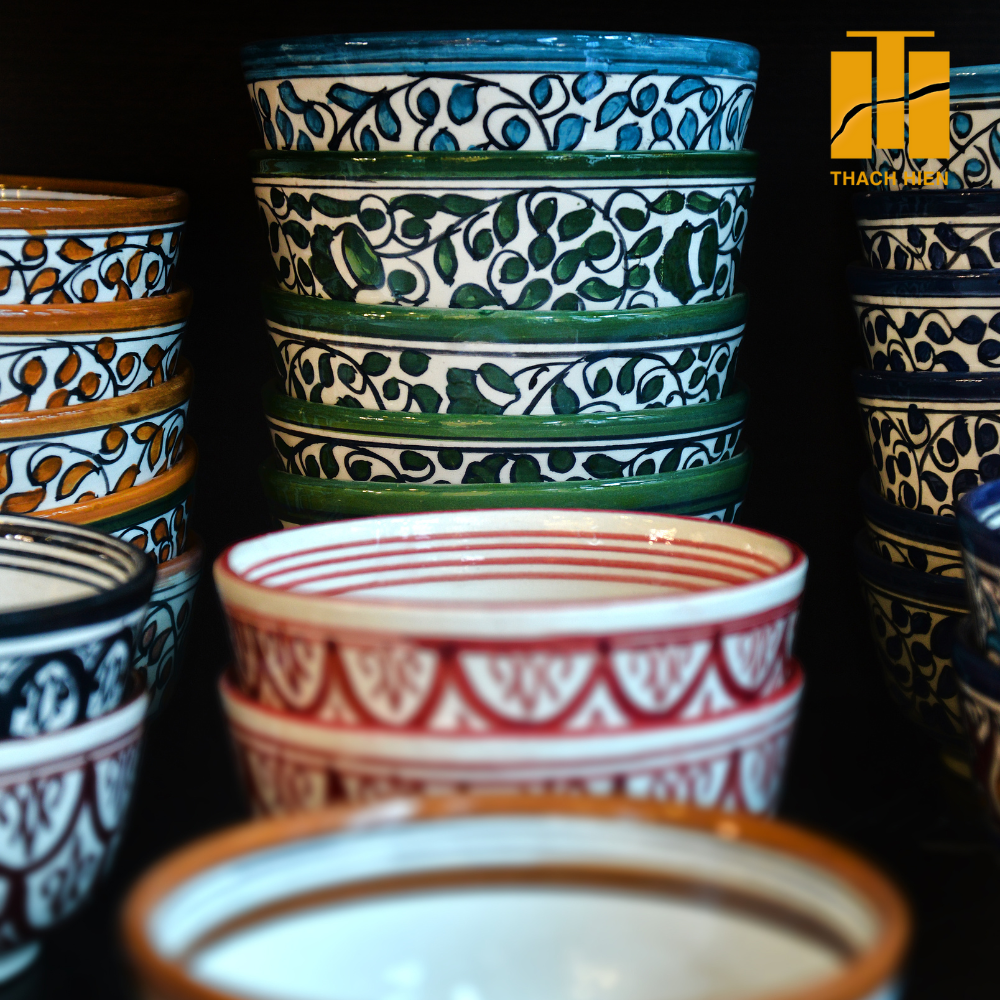
Ceramics are often used in home decoration such as vases, water hyacinths or beautiful ceramic paintings, tiles, etc. Porcelain is used in the kitchen, household appliances, dining tables, tea sets, cups, spoons, etc.
HOW TO DISTINGUISH BETWEEN CERAMICS AND PORCELAIN
| STT | CHARACTERISTIC | CONTENT | |
| 1 | Optical clarity | Porcelain has a higher purity than ceramic, so when the product is exposed to light, the transparency of the bone is absolute, so more light will pass through. | |
| 2 | Sound | Ceramic products will give a longer lasting sound. | |
| 3 | Enamel coating on the product | Ceramic products are made from less selective materials than porcelain, so they are often more porous and have poor heat retention, so the entire product must be glazed. Porcelain products often have an unsealed glaze layer. | |
| 4 | Water permeability | In the unglazed position, porcelain products will be smooth and waterproof, while ceramic products will slowly absorb water. | |
TECHNICAL REQUIREMENTS OF KAOLIN USED IN THE PRODUCTION OF HOUSEHOLD CERAMICS
The best raw material for making acid-resistant ceramics is kaolin clay which does not contain calcite, gypsum, pyrite, coarse infiltration material, does not contain much sand, has high adhesion and plasticity. Kaolin is divided into 2 types: primary kaolin and secondary kaolin.
- Primary kaolin is pure, unprocessed kaolin that still exists in its original form underground (Type 1)
- Secondary kaolin is primary kaolin that has been processed (Type 2)
| STT | INGREDIENT | TYPE 1 | TYPE 2 |
| 1 | Grain size | 0,1mm – 0,063mm | |
| 2 | SiO2 | ≤51% | ≤53% |
| 3 | Al2O3 | ≥35% | ≥32% |
| 4 | Fe2O3 | ≤0,6% | ≤1,0% |
| 5 | TiO2 | ≤0,4% | ≤0,8% |
| 6 | CaO | ≤0,6% | ≤0,8% |
| 7 | Whiteness after firing at 1200ºC | ≥75% | ≥68% |
| 8 | MKN (110ºC) ≥ 2% ; MKN (1200ºC) ≤13% | ||
Technical requirements for chemical composition of kaolin in the production of civil ceramics
(TCVN 13770:2023 technical requirements for kaolin used in the production of household ceramics)
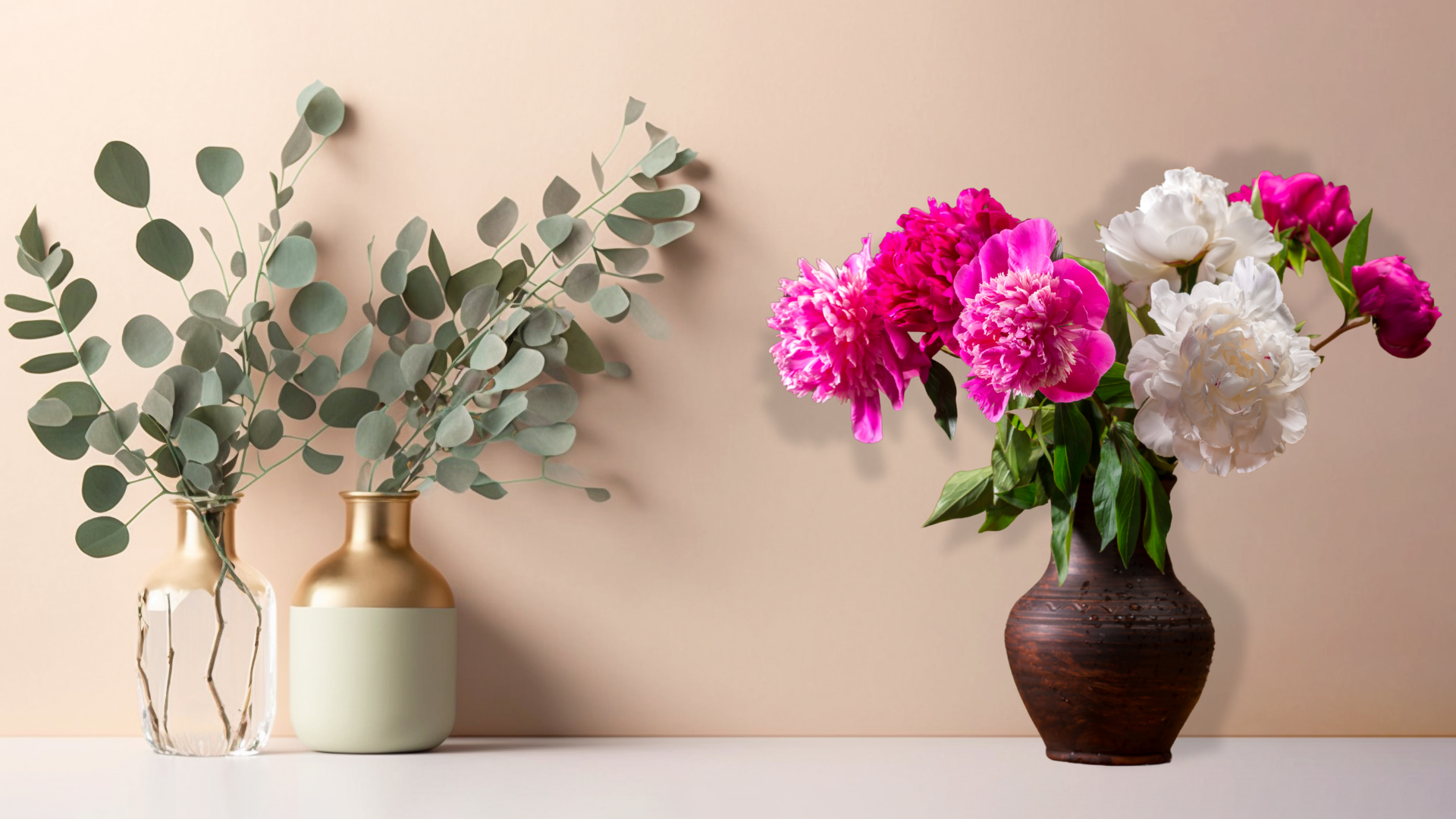
MASTERING THE TECHNOLOGY OF PRODUCING CERAMICS AND PAINTS FROM DEEP PROCESSED KAOLIN IN LAM DONG
With favorable natural conditions, Vietnam is one of the countries with significant kaolin reserves distributed in small mines scattered throughout localities from North to South. However, due to the high iron and titanium content affecting the whiteness, the quality of kaolin in Vietnam has not been highly appreciated and has not been widely applied in industrial production, especially in the production of sanitary porcelain, high-class civil porcelain, or paint production. In addition, kaolin processing technology in Vietnam is currently quite backward, only stopping at preliminary processing.
In order to effectively exploit kaolin resources, meeting the requirements of industrial production and the market, the Industrial Glass Ceramics Research Institute has carried out the project “Improving technology and equipment for deep processing of kaolin in Lam Dong region as raw materials in the ceramic and paint production industry”.
After 3 years of implementation, the project has completed the kaolin deep processing technology including: filtration technology, chemical treatment technology and meta kaolin creation technology. As a result, the research has successfully conducted the Lam Dong kaolin deep processing technology process to obtain products that meet the standards for raw materials for the production of paint, civil ceramics, sanitary ceramics, and tiles.
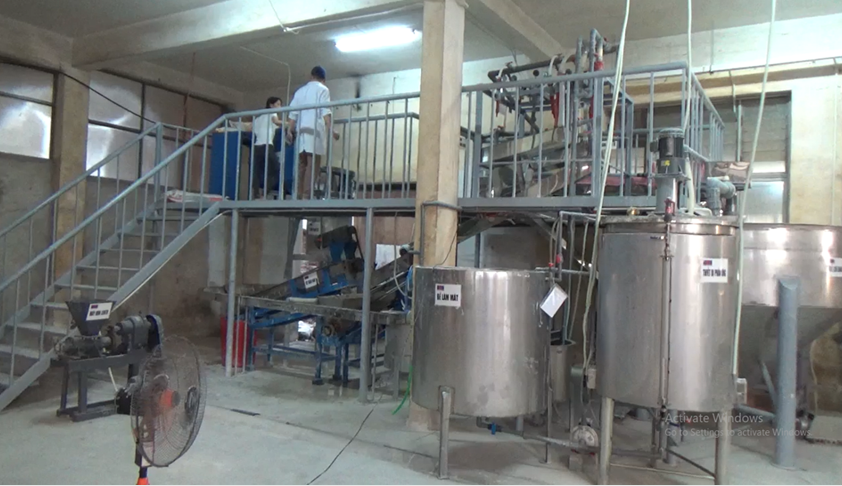
Pilot line with a capacity of 50 kg dry kaolin/hour at the Industrial Glass and Ceramics Research Institute. (Photo: riceglass.vn)
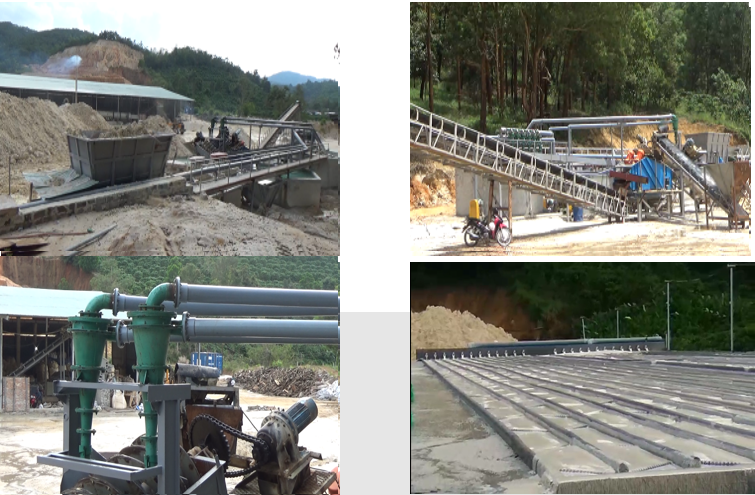
Some pictures of the kaolin processing line with a capacity of 150,000 tons/year at Trung Thanh Joint Stock Company. (Photo: riceglass.vn)
Compared to the fact that raw kaolin in all mines in Vietnam in general and in Lam Dong in particular is only sold at a price of about 400-700 thousand VND/ton. Meanwhile, Vietnam has to import good quality kaolin products every year at a high price of 3-15 million VND/ton, perfecting the technology and deep processing of kaolin helps to maximize the recovery efficiency (≥90%); At the same time, separating and rationally using the exploited kaolin products; thereby improving economic efficiency and resource utilization value. Currently, the technology has been transferred by the Industrial Glass Ceramics Research Institute to a kaolin production unit in Lam Dong with a kaolin processing line with a scale of 150,000 tons of products/year.

 vn
vn